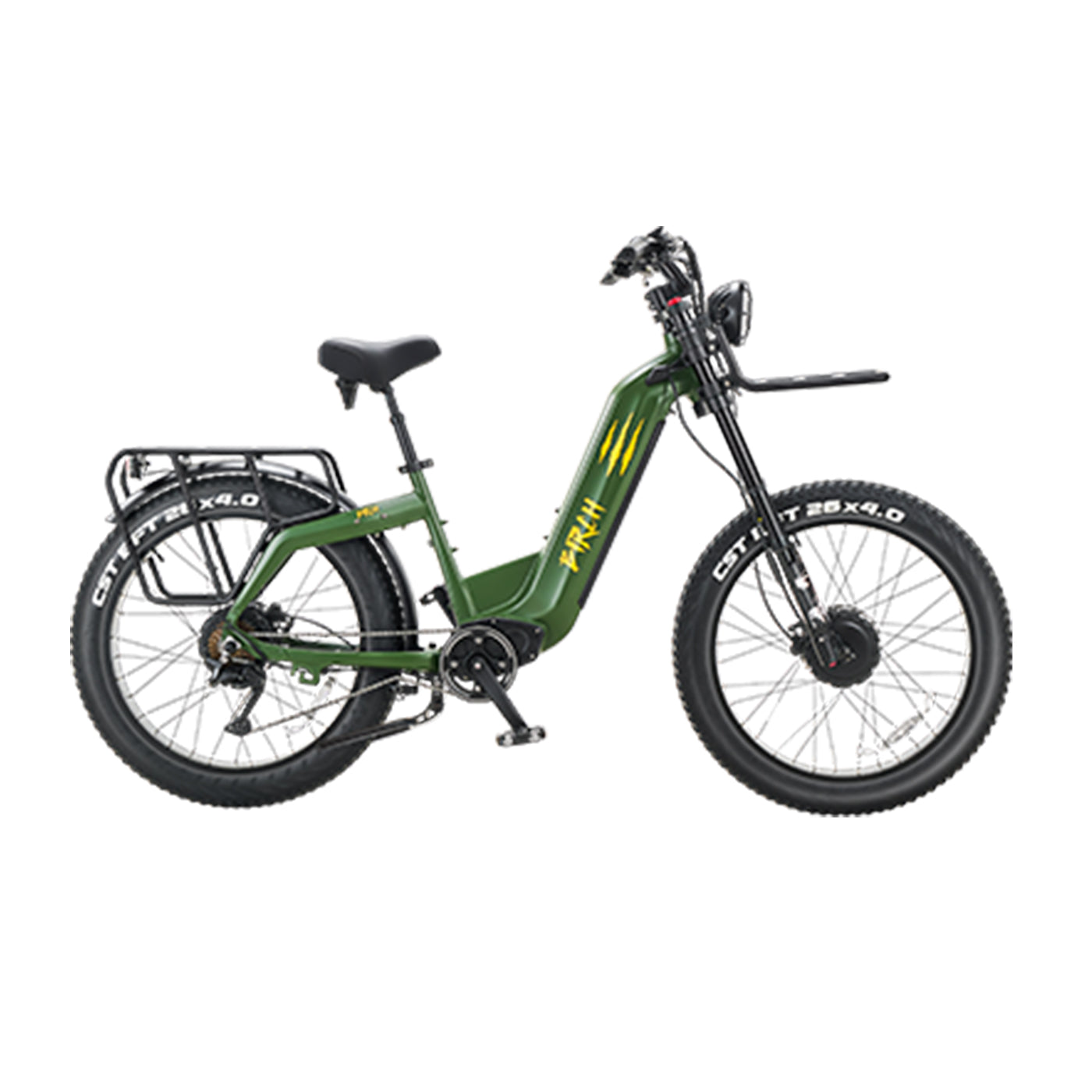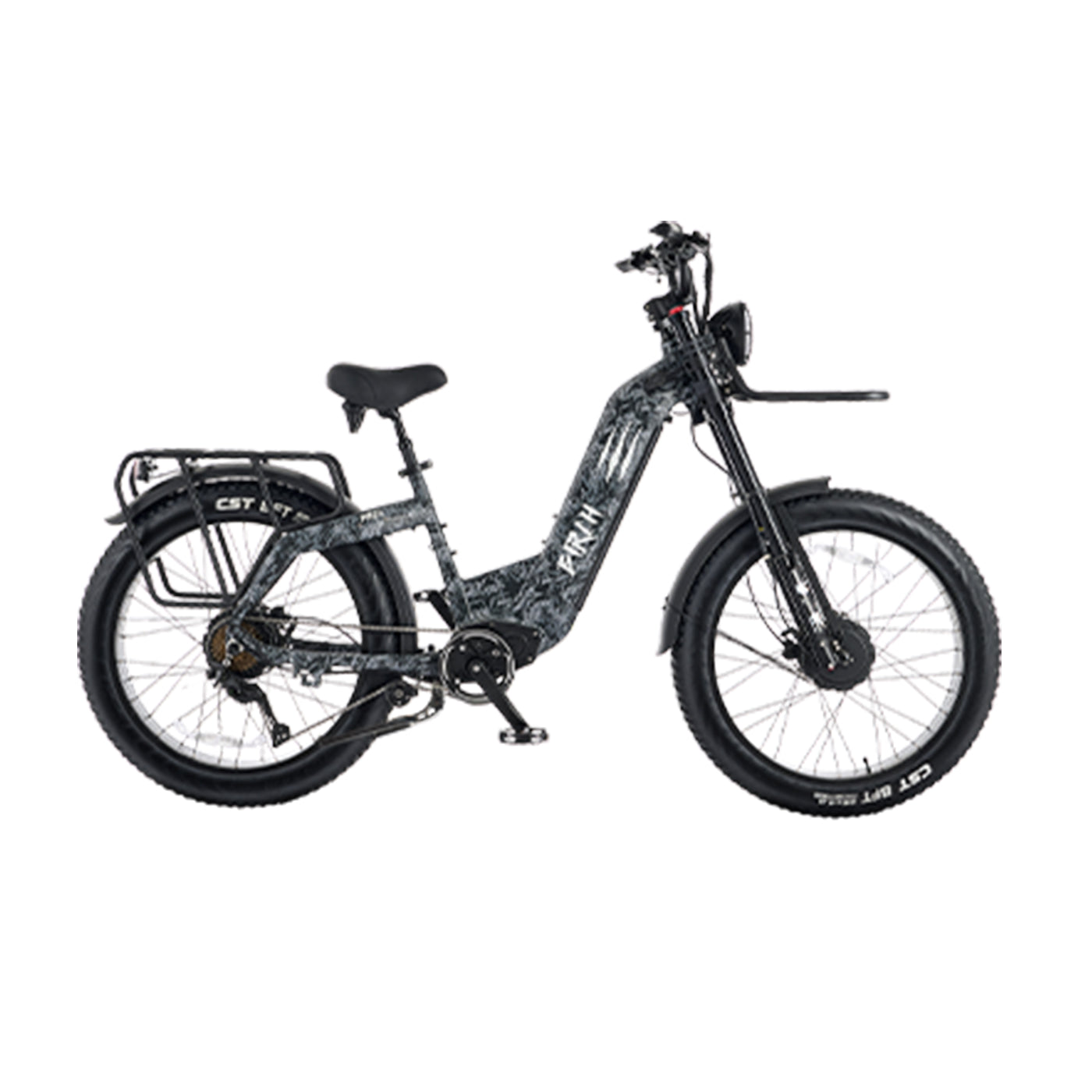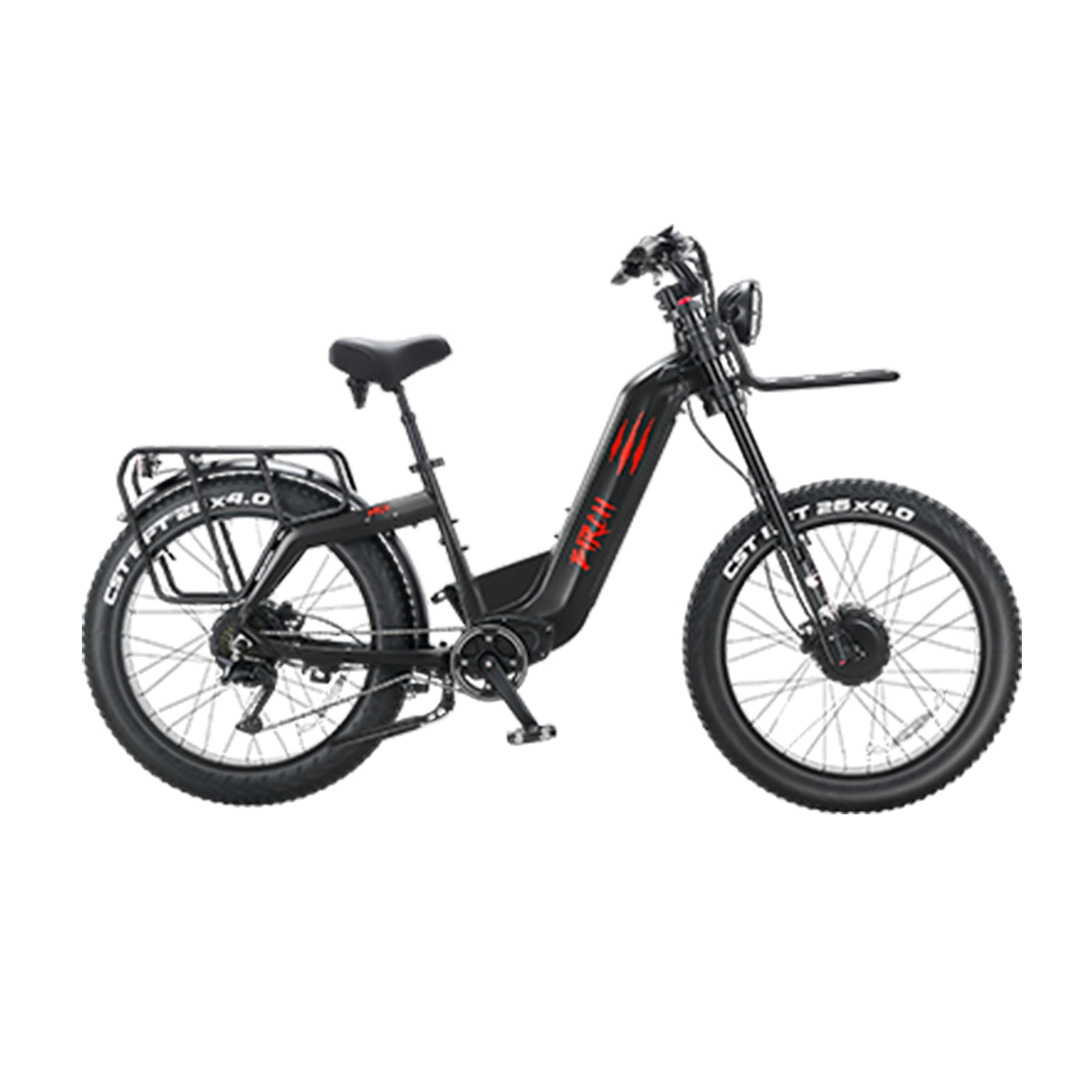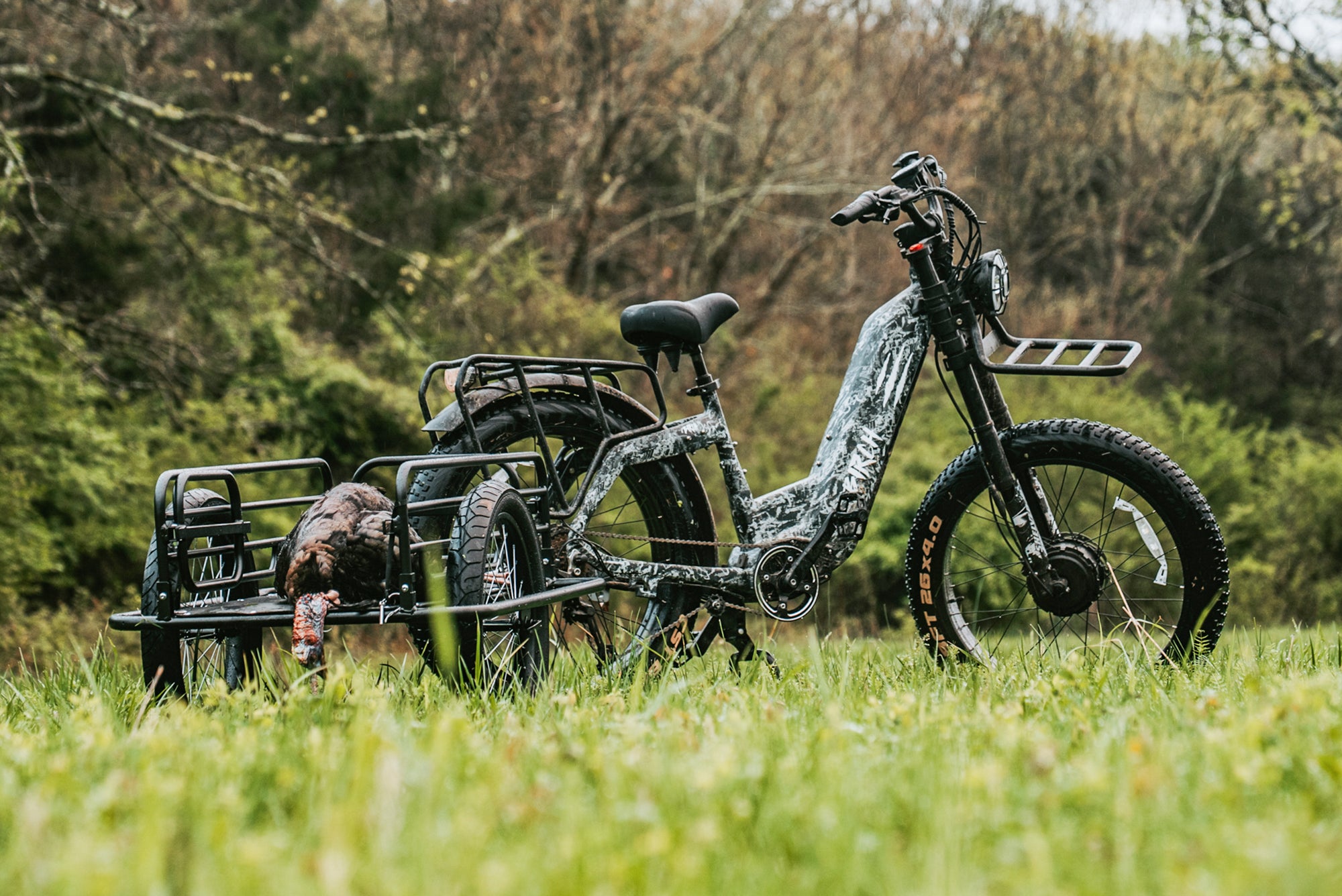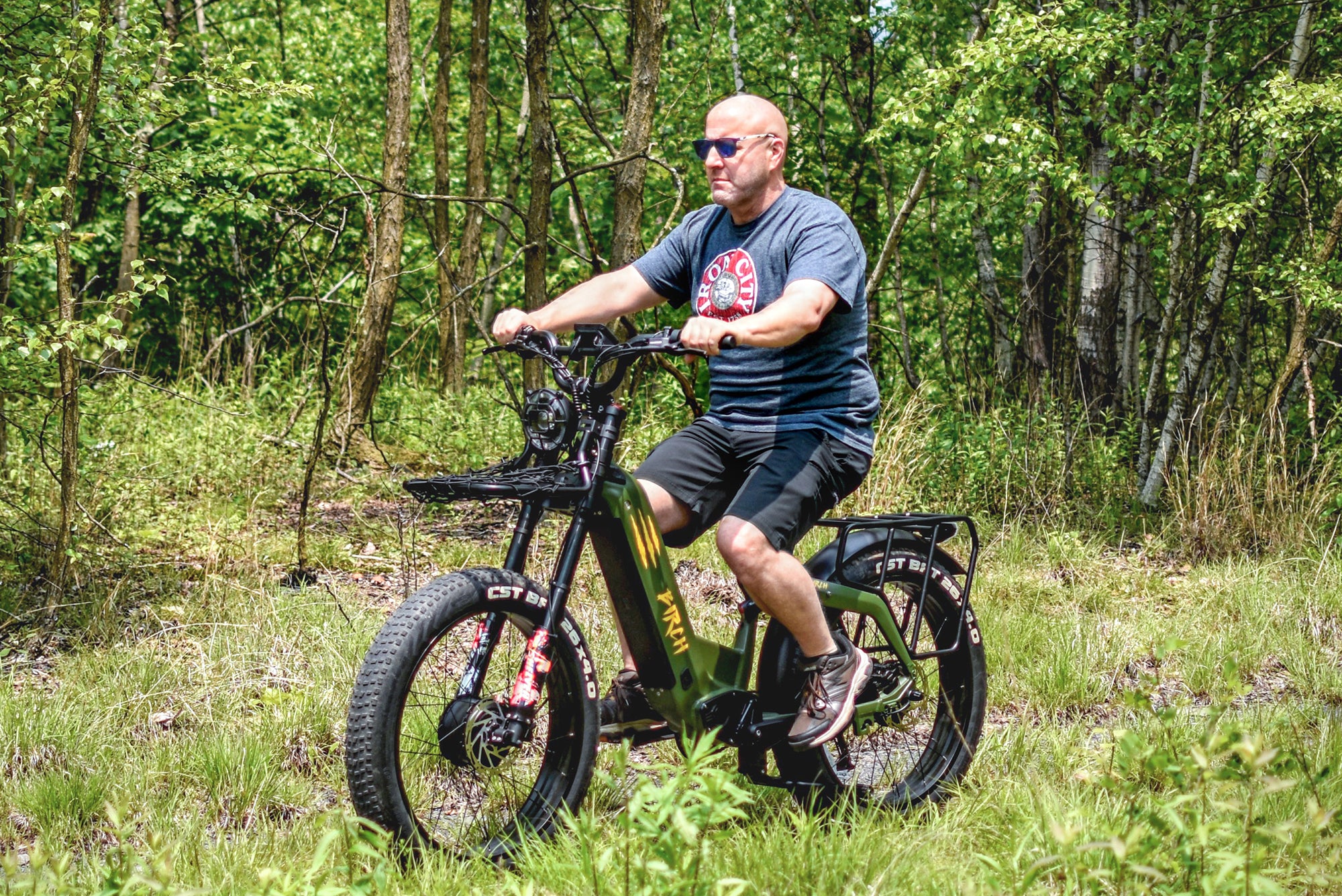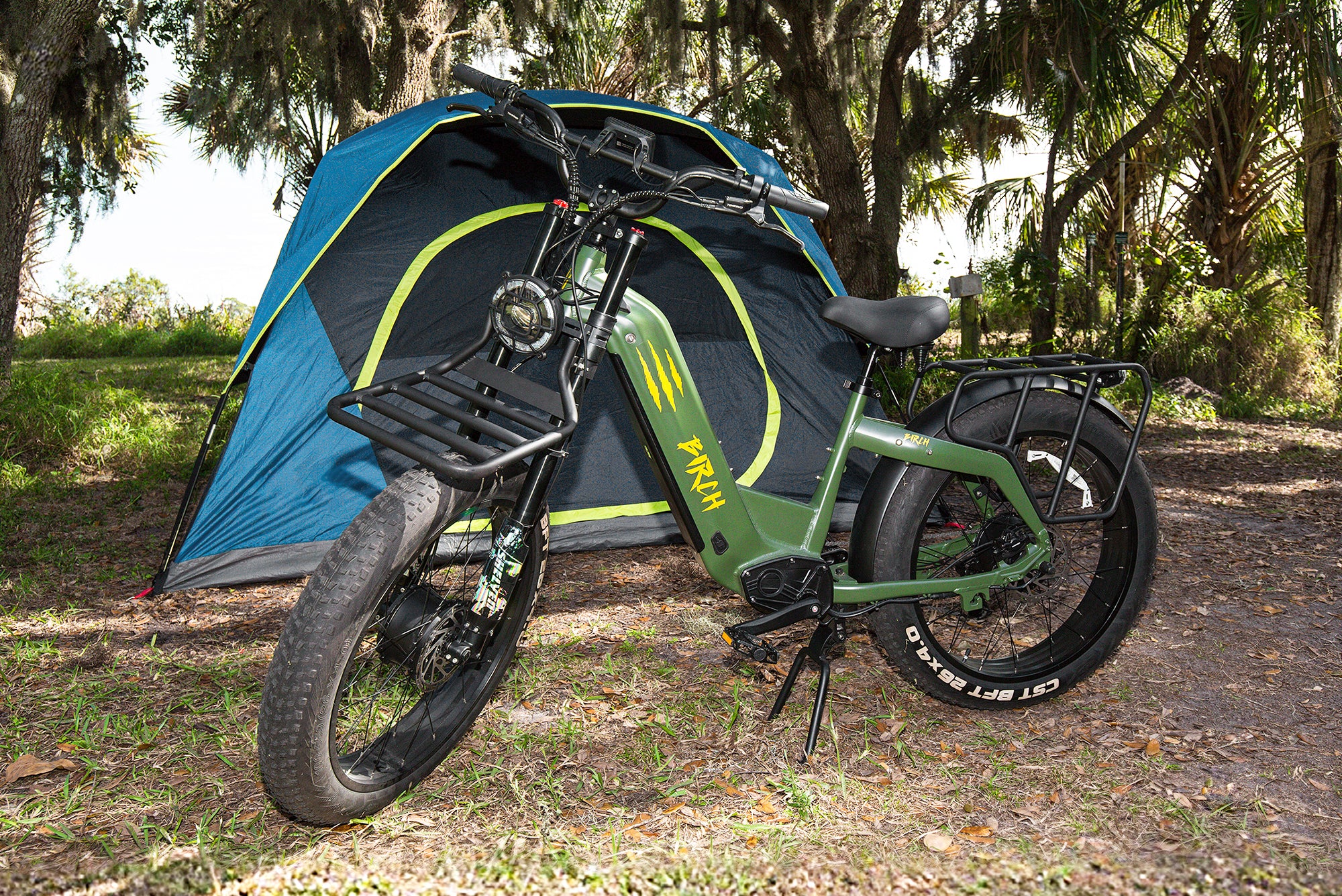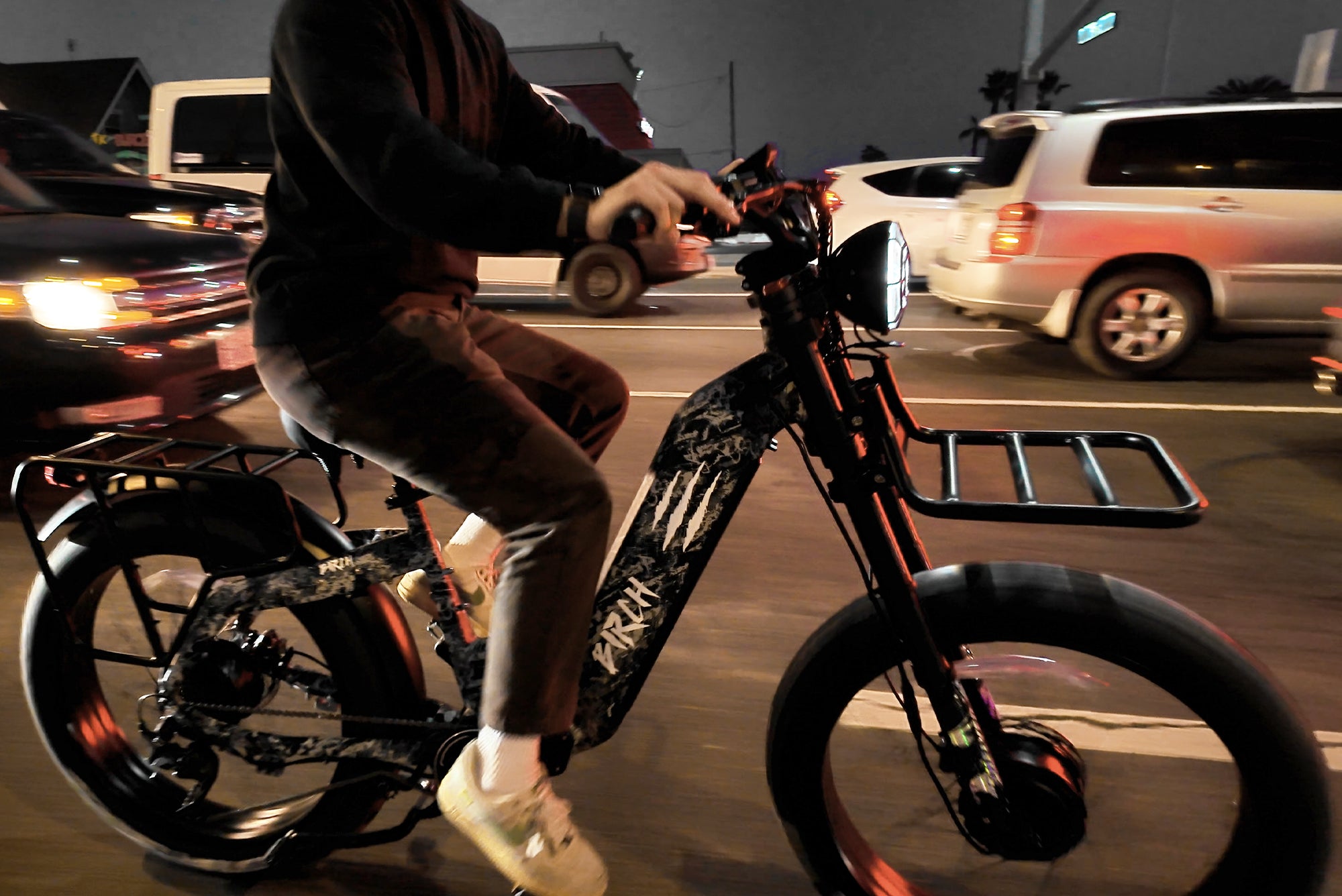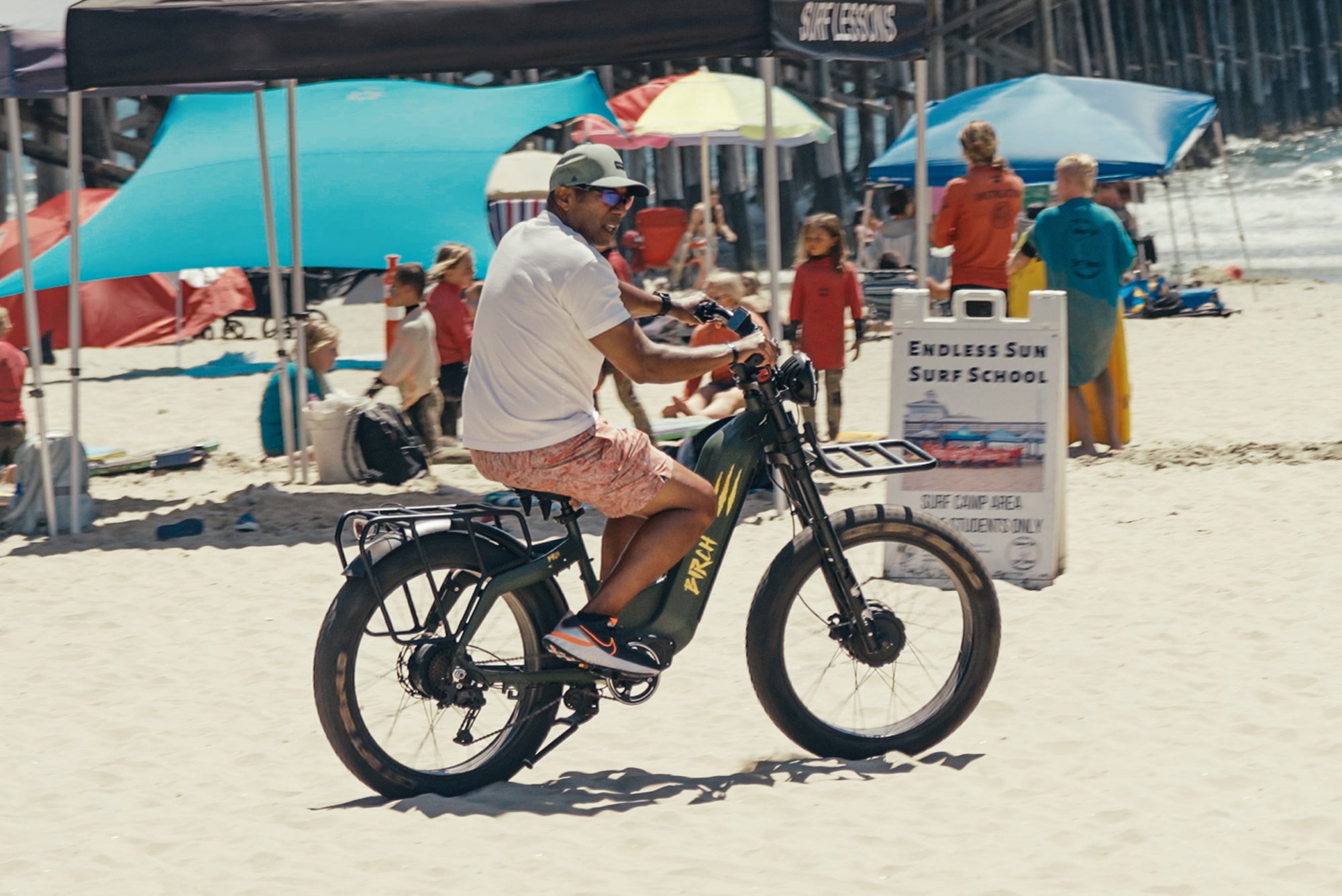A complete breakdown of the ebike classification system
Over the past few years, electric bicycles have gradually gained popularity, becoming a new transportation option in urban and suburban areas. Whether for commuting, daily transportation, outdoor cycling, or leisure and recreation for the elderly, electric bicycles have become widely popular due to their convenience, stability, efficiency, and environmental friendliness.
However, as the market size gradually expands, new types of eBikes are also starting to pop up. To standardize management and ensure traffic safety, many regions are now gradually establishing electric bicycle grading systems, commonly known as "ebike grades."
So, what are ebike grades? How did the ebike grading system come about? What are the differences between the grades? What laws and regulations are relevant to you? Here's a comprehensive look.

A Brief Overview of the Development of Electric Bicycles
Electric bicycles (ebikes) first appeared in the late 20th century, combining the advantages of traditional bicycles with electric-assisted systems to improve commuting efficiency and riding comfort. With technological advances and the widespread adoption of lithium-ion battery technology, ebikes have steadily grown over the past decade. In particular, their popularity has surged in the past few years due to growing demands for environmental protection, convenience, and health benefits. User needs are diverse, ranging from urban commuting and leisure riding to mountain off-roading and cargo transportation, resulting in a wide range of varying eBikes.
Initially, the market lacked unified regulations, allowing different manufacturers to arbitrarily label motor power and speed, leading to regulatory confusion. As adoption increased, governments at all levels gradually established regulations, the most prominent of which is the "ebike class system." While not all states have adopted it, most follow this classification standard to regulate its use and management.
Ebike Classes Chart
To help you better understand the differences between various ebike classes, here is a clear comparison table:
|
Class |
Motor Power |
Assist Type |
Max Speed |
Usage Restrictions |
|
Class 1 |
≤ 750W |
Pedal Assist (No Throttle) |
20 mph (≈32 km/h) |
Allowed on bike lanes, no license or registration needed |
|
Class 2 |
≤ 750W |
Throttle + Pedal Assist |
20 mph |
Allowed on sidewalks or bike paths, fewer restrictions |
|
Class 3 |
≤ 750W |
Pedal Assist (No Throttle) |
28 mph (≈45 km/h) |
Not allowed on sidewalks; helmet required in some areas |
|
Unofficial Class 4 |
> 750W |
Includes Throttle, Higher Speed |
Over 28 mph |
Classified as electric motorcycles; subject to motor vehicle laws |
What are the ebike classes?
What is a class 1 ebike?
Class 1 is the most basic type of ebike, featuring pedal-assist (PAS) technology. It has a motor-assisted speed limit of approximately 20 mph (approximately 32 km/h) and does not include a throttle system. In most states, this type of ebike is considered a traditional bicycle, with fewer restrictions on roads and riding environments.
What is a class 2 ebike?
Class 2 adds a throttle function to PAS, allowing the motor to be controlled by the throttle without pedaling. It also has a top speed of 20 mph. Because of its convenience, it's suitable for commuting or carrying goods, and most states legally classify it as a bicycle.
What is a class 3 ebike?
Class 3 is a high-performance ebike, featuring PAS technology, a top speed limit of 28 mph (approximately 45 km/h), and generally does not allow a throttle system (except in some states). In addition, a pace meter is required, and riders must be above a certain age (e.g., 14-16), while wearing a helmet.
Is there a "Class 4 ebike"?
Many people, when searching for different ebike classes, wonder if there's even a Class 4 ebike.
In fact, Class 4 isn't an officially recognized classification. If an ebike has a motor power exceeding 750W, is designed to exceed 28 mph, or has more motorcycle features, it's typically classified as an "electric motorcycle" or "electric moped." These vehicles are subject to motor vehicle regulations, such as:
- Registration and licensing required
- Riders must hold a valid driver's licens
- Safety equipment required
- Riding in bike lanes or sidewalks is prohibited
So, if you're considering purchasing a "more powerful" ebike, be sure to check local regulations to avoid misusing a high-powered vehicle and potentially breaking the law.
Ebike Regulations and Regional Differences
Currently, most states have adopted the three ebike classifications described above, but specific implementation varies from state to state. For example:
Age Limit: Some states require Class 3 riders to be at least 16 years old, while Class 1 and Class 2 riders generally have no specific age limit.
Helmet Requirements: Some states require all ebike riders, especially Class 3 riders, to wear a helmet; other states only require this for minors.
Right of Way: Not all areas allow ebikes on sidewalks. Class 3 ebikes are generally prohibited from entering pedestrian areas or non-motorized vehicle lanes.
Registration Required: Class 1 and Class 2 ebikes do not require registration or licensing in most areas, while vehicles above Class 3 must be regulated as motorcycles.
In addition, some special areas, such as national parks and nature reserves, have restrictions on the use of ebikes. It is recommended to check these regulations before traveling. Birch also provides information on US bicycle regulations. For more information, please refer to this guide.
Understand the Rules Before You Ride
While most US states have adopted ebike classification systems, it's important to note that regulations aren't yet fully standardized across states. This can cause some difficulty for interstate riders and users. However, the gradual establishment of a regulatory framework is undoubtedly a positive start, and we look forward to more unified and clear policies in the future.
We urge all ebike users and enthusiasts to closely monitor updates and changes to local ebike regulations, including age restrictions, helmet requirements, and road rules. Before purchasing or traveling, it's best to consult the official legal website or local transportation authorities to ensure your travel is safe, legal, and unrestricted.


